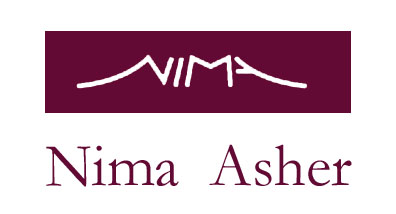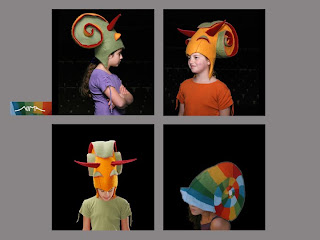 The grasshopper’s form became clear from the study of zoology textbooks. The complexity of the details fascinated me. The mechanism that evolved provides flexibility of the movement of the joint together with the power that the movement creates
The grasshopper’s form became clear from the study of zoology textbooks. The complexity of the details fascinated me. The mechanism that evolved provides flexibility of the movement of the joint together with the power that the movement createsI strove for a constructive solution that would translate a small movement on the part of the actor to a large movement of the long legs of the grasshopper. Connecting the joints made the leaps convincing

In an attempt to achieve the essence of the frog, I looked for the crucial characteristic, without which the frog is no longer a frog: its jumpiness. As I was debating – legs in the front or in the back – I decided not to leave out anything, and in fact, that almost turned into the creature itself. After I worked through all the details, I only had to attach the costume to the actor so that he himself became an integral part of the frog
 Thorny yet soft, threatening yet cuddly. The idea that guided me was to turn it into a household pet. I began with a very awkward construction, which didn’t work out, and went on to collect foam “needles” from previous work. The work stayed with me over time as an environmental sculpture, one that absorbs everything that is stuck into it. Every scrap of foam I came across made its way to the pile that was accumulating. The inside of the shell is even more interesting than the outside.
Thorny yet soft, threatening yet cuddly. The idea that guided me was to turn it into a household pet. I began with a very awkward construction, which didn’t work out, and went on to collect foam “needles” from previous work. The work stayed with me over time as an environmental sculpture, one that absorbs everything that is stuck into it. Every scrap of foam I came across made its way to the pile that was accumulating. The inside of the shell is even more interesting than the outside.
 "“Even the actor sometimes needs a mask”
"“Even the actor sometimes needs a mask” The visual aspect of theatre can range from minimalism of costumes and settings, to theatre that imitates (or at least attempts to reproduce) reality. In a play intended for all age groups, the costumes are of special importance, both for the actors inside them on the stage and for the audience. The size, colorfulness, and major physical properties play a crucial role in establishing the symbolization, realization, identification and conceptualization of the characters. The proper structure, adapted to the body of a specific actor, enables the imitation of the creature’s movements, helps the actor express the physical gestures, and allows for the connection between the two to be more easily discerned.
Subscribe to:
Comments (Atom)













































